Many women lose their period while still of reproductive age. For Reuters, Daisy Chung, Minami Funakoshi, and Julia Wolfe explain why it happens and how some people can recover.
In this situation — known as functional hypothalamic amenorrhea (HA) — the body shuts down the reproductive system to preserve energy for essential functions, such as keeping the heart beating. It’s an evolutionary strategy to prevent pregnancy when the body can’t support it — but the consequences can extend to all aspects of health.
Careful illustrations and a soft water color aesthetic is used to approach the sensitive topic.

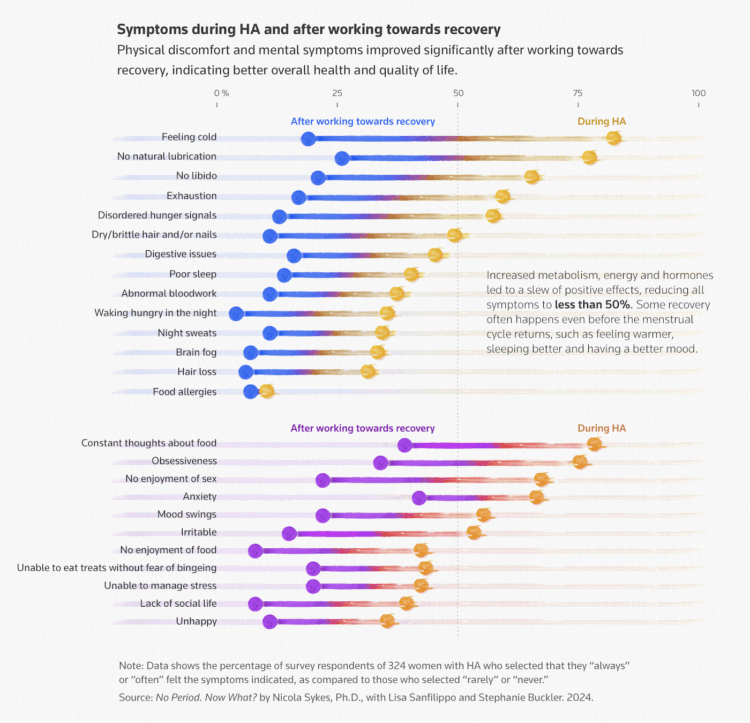
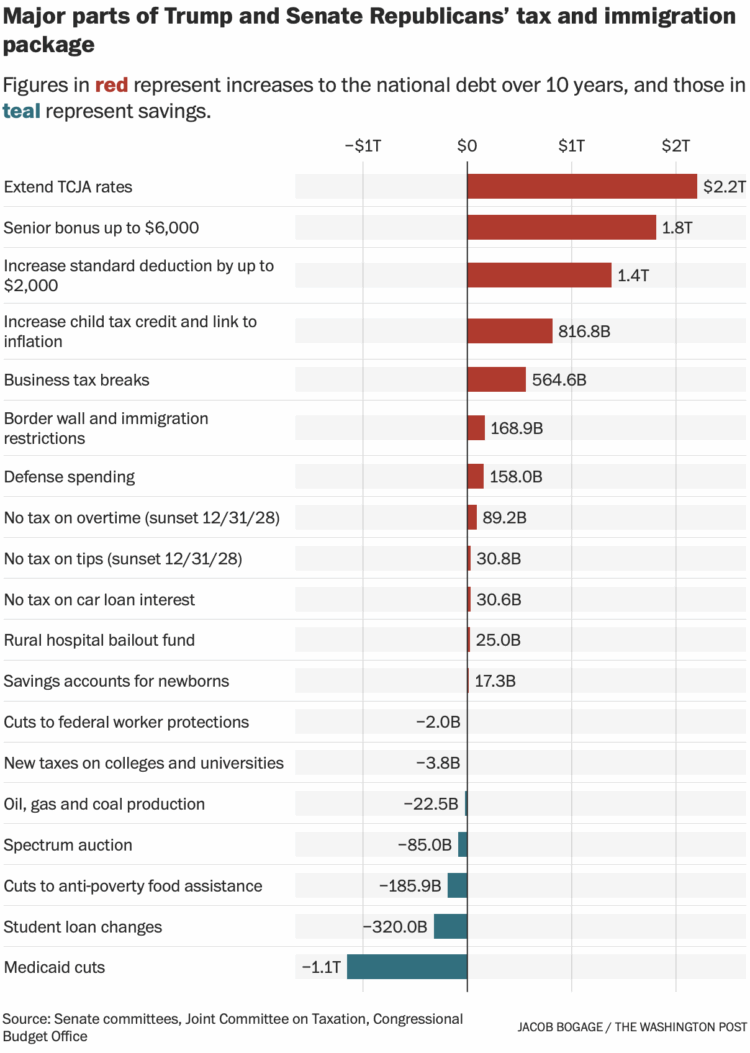
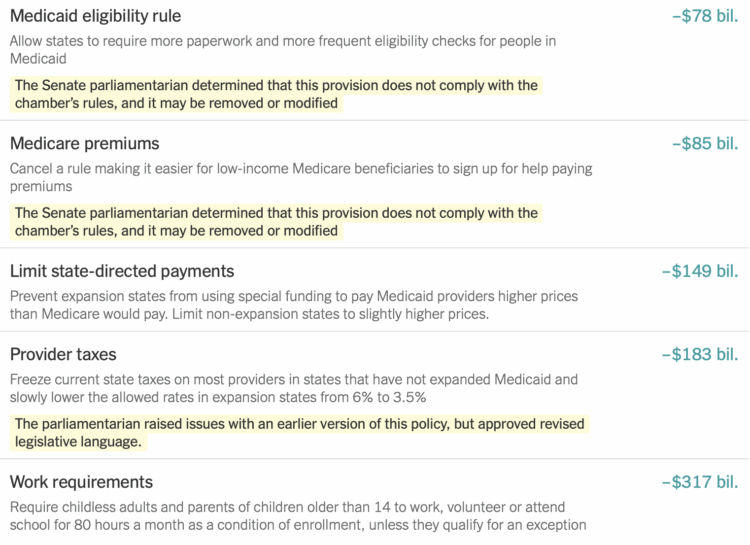

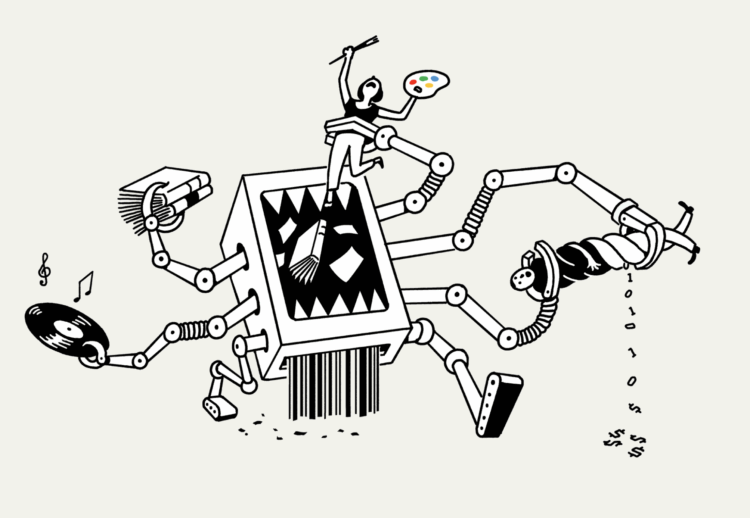
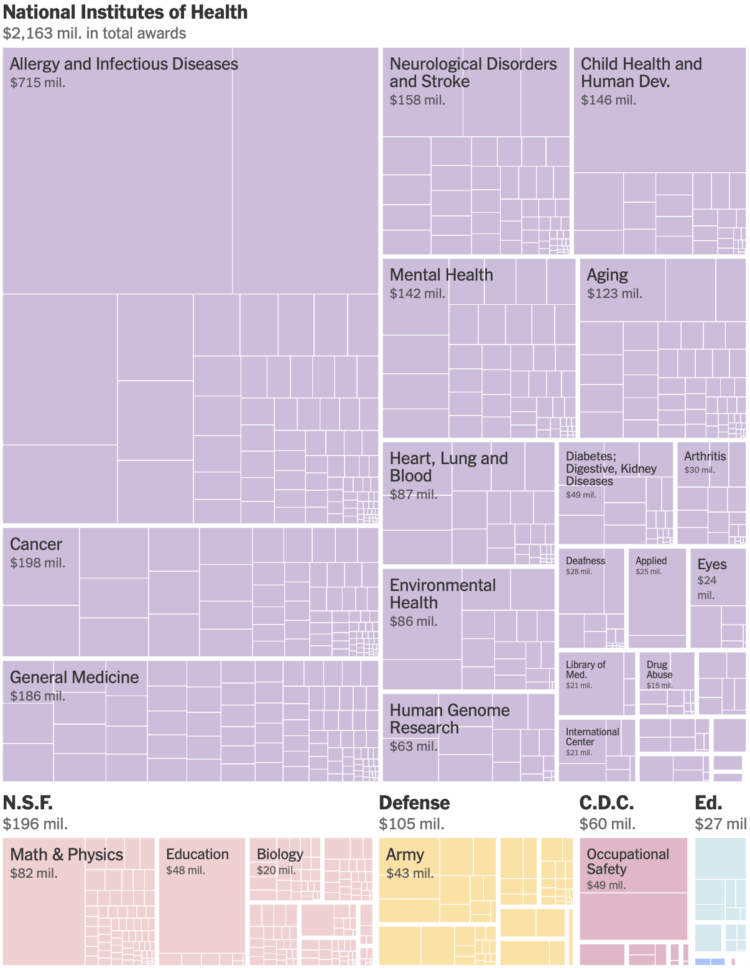
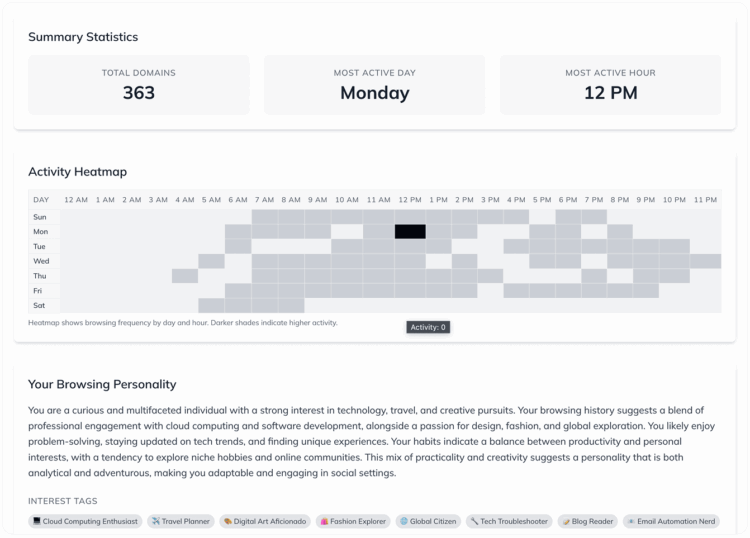

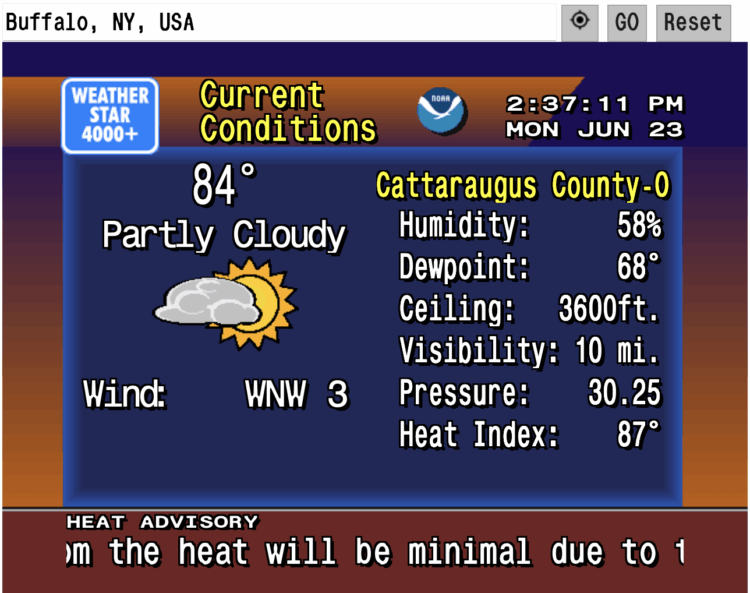



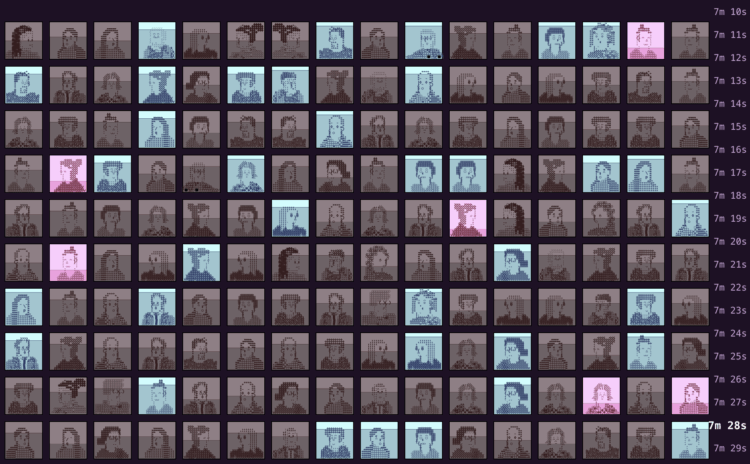
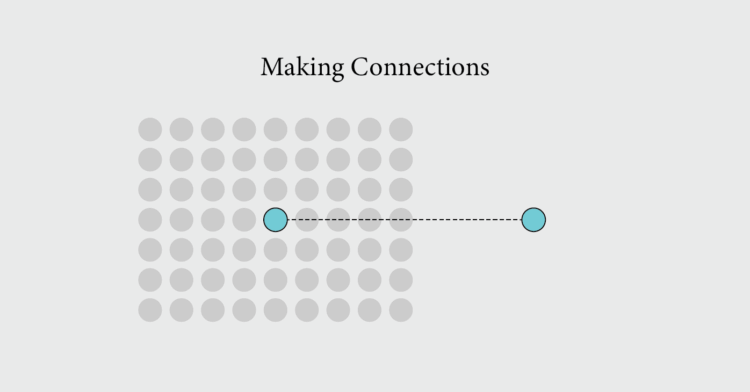
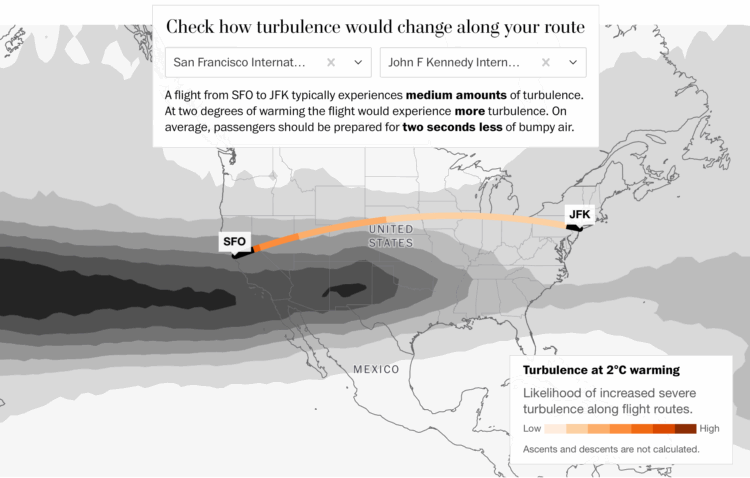

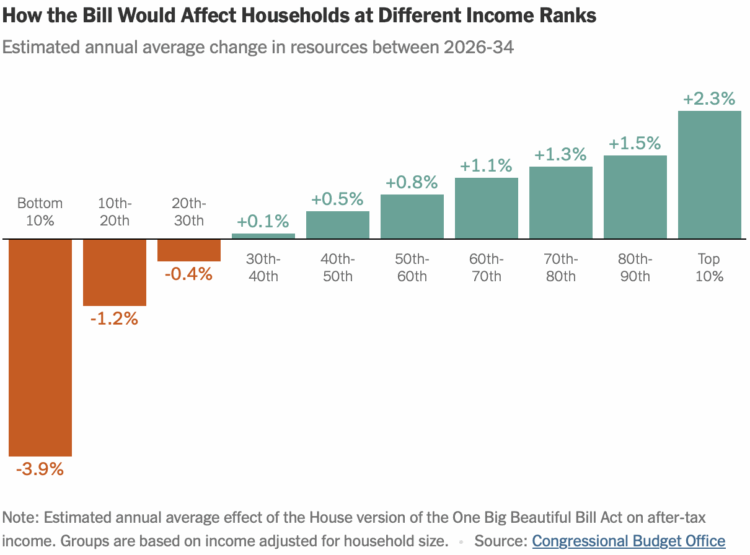
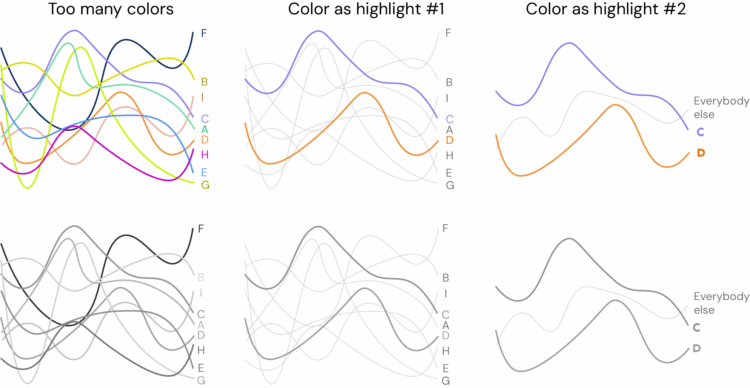
 Visualize This: The FlowingData Guide to Design, Visualization, and Statistics (2nd Edition)
Visualize This: The FlowingData Guide to Design, Visualization, and Statistics (2nd Edition)










